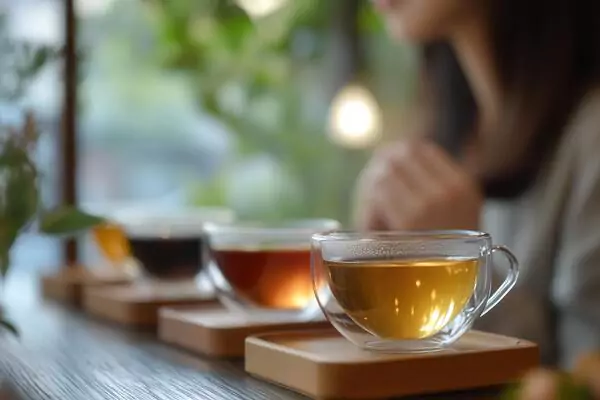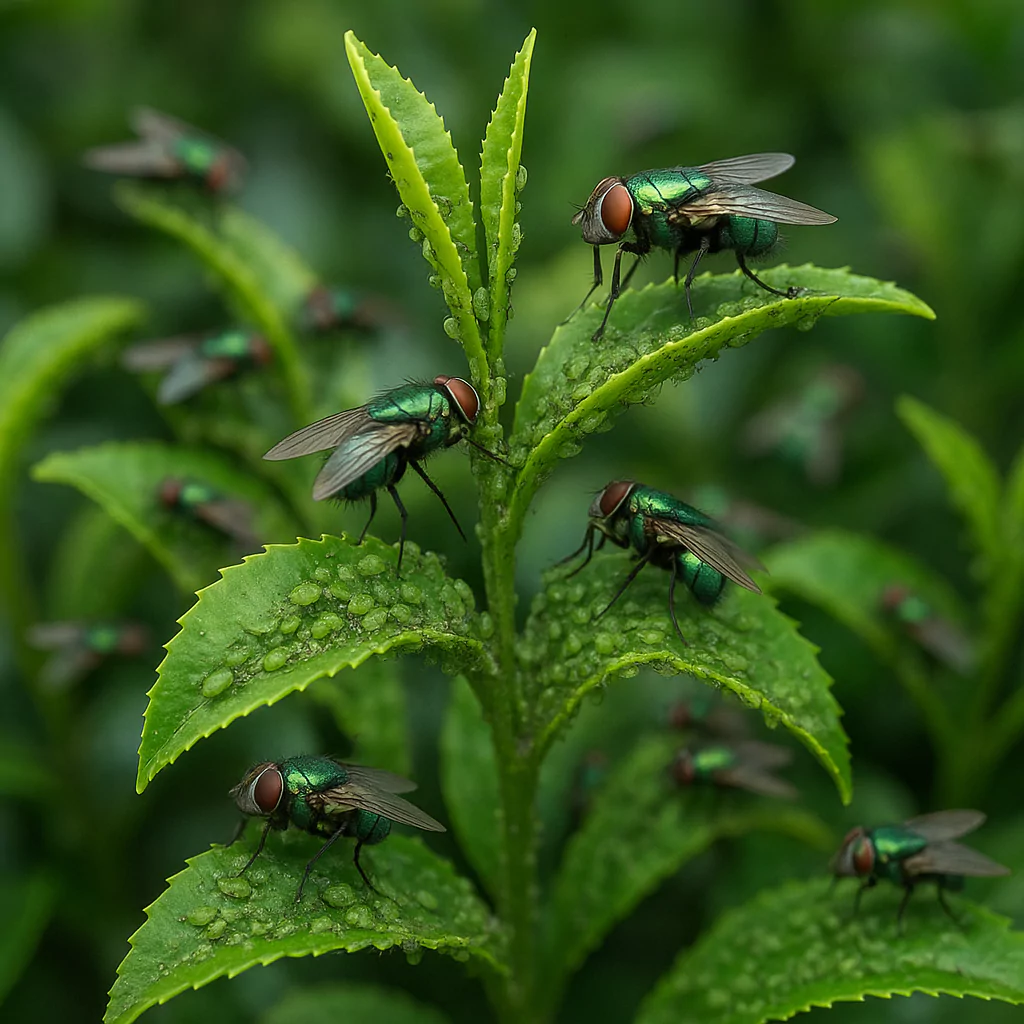India’s Triple Tea Threats
India, once the proud global face of premium tea — especially the GI-tagged Darjeeling variety — is now facing a triple crisis:
- Green-fly pest infestation
- Cheaper tea imports and smuggling
- Erosion of identity and branding
This scenario threatens not only the economic backbone of tea-growing regions but also the cultural and global brand value of Indian tea.
Green-fly Infestation: A Persistent Menace
- What’s Happening:
- Green-fly insects (formerly helpful in creating muscatel flavour) have now become major pests.
- Infestation started worsening in 2024 and has escalated in 2025.
- They have become immune to commonly used pesticides, causing severe crop loss.
- Symptoms include: pale shoots, downward curling leaves, browning — collectively called “rim blight”.
- Impact:
- Affects young shoots, especially during the second flush (May–July) — a crucial revenue season.
- In severely affected areas like Dooars, Terai, North Bank (Assam), crop loss peaked at 50%.
- Low rainfall in 2024 worsened the crisis.
- Industry Appeal:
- Tea Research Association and growers demand approval of new pesticide molecules.
- Pushing for label-claim extension for effective chemicals like Acetamiprid and Imidacloprid.

Surge in Tea Imports and Identity Crisis
- 2024 Import Stats:
- Record import of 45 million kg, mainly from Kenya and Nepal.
- Led to oversupply, price crashes, and loss of revenue for Indian growers.
- Smuggling from Nepal:
- Cheaper Nepalese tea is illegally sold under the Darjeeling brand, damaging authenticity and price.
- Darjeeling's output has halved to 6–6.5 million kg (from the 1970s peak).
- Nepal’s Gain:
- Exports to US (+30%) and Europe (+40%) surged in 2024.
- Their tea is now manufactured to blend with Darjeeling tea, creating further brand confusion.
- ITA & Parliament Concern:
- Indian Tea Association (ITA) warned about reputational damage due to blending with low-quality imports.
- Raised discrepancies in import data between Tea Board and Customs Department.
Declining Identity of GI-Tagged Darjeeling Tea
- Darjeeling Tea’s Historical Significance:
- GI-tagged and known for its artisanal quality and muscatel flavour.
- Still commands highest auction prices, but now accounts for less than 1% of India’s total production.
- Loss of Exclusivity:
- Former ITA secretary believes it's not excess supply but loss of sentiment around Darjeeling tea that’s hurting the market.
- Blending with cheaper tea undermines India’s tea heritage.
Wider Economic Impact
- North Indian Tea (from Assam, Bengal, etc.) makes up 82% of India’s total tea production.
- In 2024:
- India produced 1,290 million kg, exported 254 million kg.
- However, growers' profits are eroded due to imports and crop loss.
- Small tea growers are especially affected, losing viability.
- Example:
- Makaibari Estate (Kurseong), famous since Satyajit Ray’s Feluda stories, had to close early (Nov 30) in 2024 to avoid oversupply losses.
Policy Demands by Industry
- Fast-track approval for new pesticides.
- Restriction on import of poor-quality tea, especially from Nepal.
- Tighter enforcement of the GI tag and anti-smuggling laws.
- Government support for branding and marketing of Indian-origin tea.
India’s tea industry - particularly Darjeeling tea, once a global symbol of quality - faces a perfect storm of pestilence, policy, and price wars. Without urgent regulatory, scientific, and branding intervention, the country risks losing both a livelihood and a legacy.













